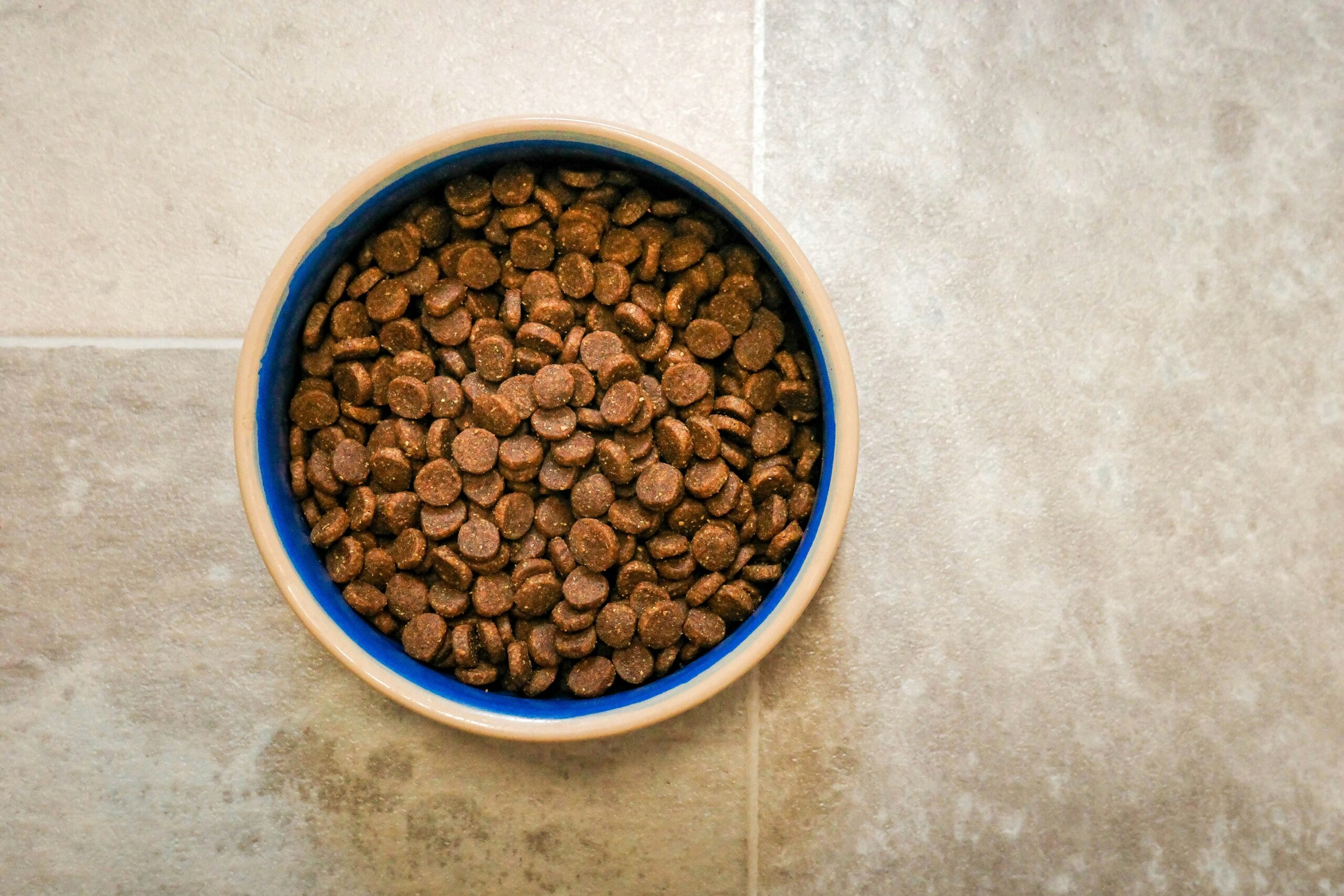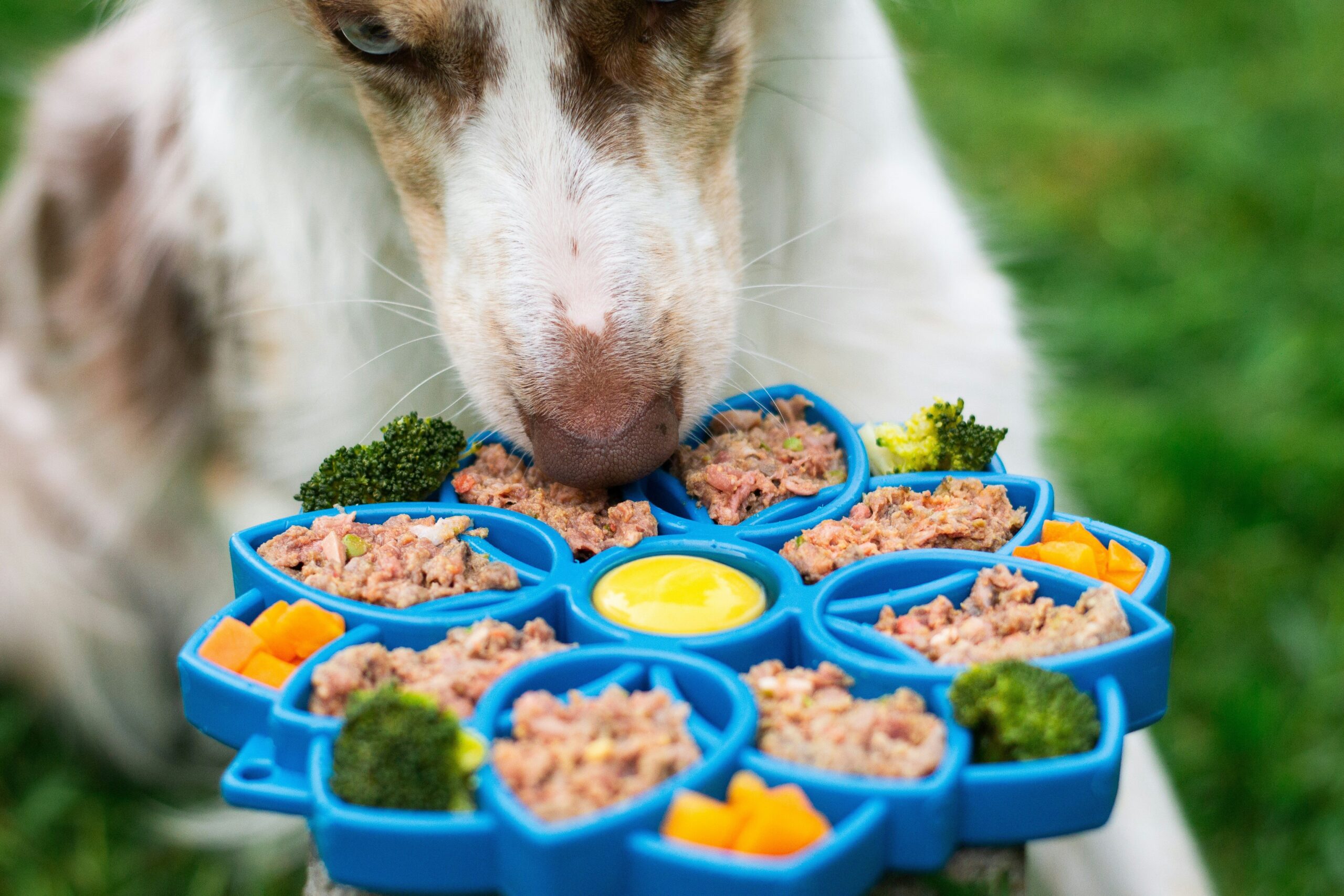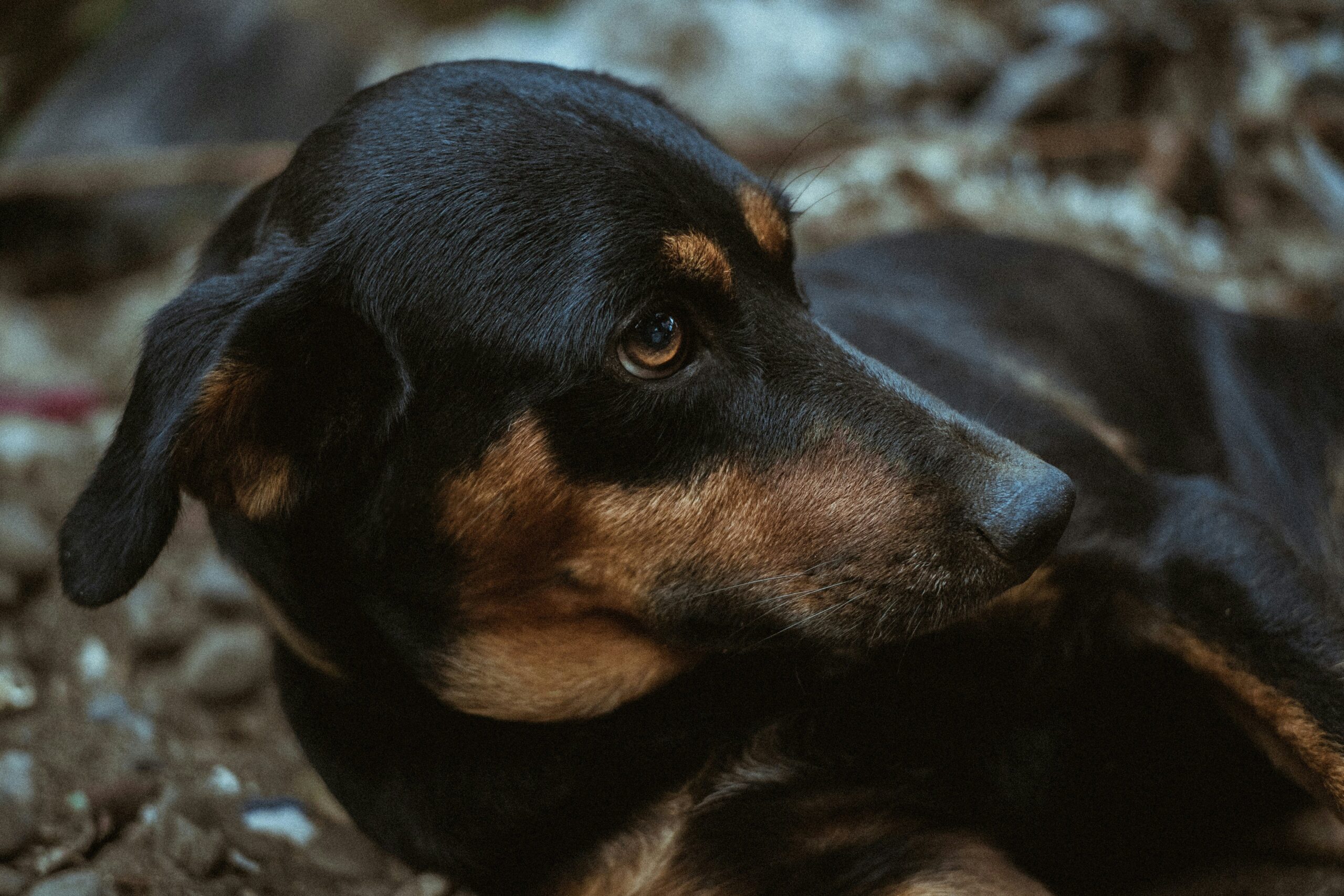Ever wondered why your hunting dog seems to tire faster than usual after a long day in the field? Or worse, have you noticed that their energy levels just don’t bounce back like they used to? You’re not alone. Many hunting dog owners struggle with finding the right balance of nutrition and recovery protocols to keep their four-legged companions at peak performance.
In this guide, you’ll discover:
- The science behind energy recovery protocols for hunting dogs
- A step-by-step plan to implement these strategies into your pup’s routine
- Tips on selecting specialized pet food tailored for active breeds
- Real-world success stories from other hunting dog enthusiasts
- Your burning FAQs answered about canine stamina building
Table of Contents
- Introduction to Energy Recovery Protocols
- Why Is Energy Recovery Important?
- Step-by-Step Guide to Implementing Recovery Strategies
- Top Tips for Optimizing Your Dog’s Diet
- Success Stories from Real Owners
- Frequently Asked Questions About Energy Recovery Protocols
- Conclusion
Key Takeaways
- Energy recovery protocols are essential for maintaining a hunting dog’s stamina and muscle health.
- Specialized high-protein diets fuel endurance and post-exercise repair.
- Supplements like omega fatty acids can aid joint mobility and reduce inflammation.
Introduction to Energy Recovery Protocols
Hunting dogs work hard—really hard. Unlike regular pets, these canines need more than a bowl of kibble and belly rubs to thrive. Their demanding lifestyles require specific nutritional care to recover quickly and efficiently between hunts. If you’ve ever found yourself asking, “How do I help my hunting dog recover without breaking the bank?” you’ve come to the right place.

A well-trained hunting dog working tirelessly in the great outdoors requires proper nutrition and rest.
Why Is Energy Recovery Important?
Let me share something embarrassing—it wasn’t until my own Golden Retriever limped home one day after a hunt that I realized she was struggling with poor energy recovery. Turns out, her diet lacked crucial nutrients needed for muscle repair. This isn’t just negligence; it happens all too often because we focus so much on exercise that we forget the importance of nutrition.
According to a study by The American Kennel Club, over 60% of working dogs experience some form of fatigue-related injury due to inadequate recovery methods. Yikes. But here’s the chef’s kiss part—fixing this issue doesn’t mean completely revamping your lifestyle. We’ll show you how small tweaks make big differences.
Step-by-Step Guide to Implementing Recovery Strategies
Optimist You: “Follow these tips, and watch your dog flourish!”
Grumpy You: “Ugh, fine—but only if coffee’s involved.”
Step 1: Evaluate Your Dog’s Current Diet
Analyze what your hunting dog currently eats. Are they getting enough protein, fats, and carbohydrates? Protein is king when it comes to recovery—shoot for a minimum of 30% protein content in their food.
Step 2: Introduce Specialized Hunting Dog Food
Look for brands specifically formulated for athletic breeds. Brands like Eagle Pack Performance or Purina Pro Plan Sport offer tailored blends designed to enhance stamina and recovery.
Step 3: Incorporate Supplements
Consider adding omega-3 fatty acids, glucosamine, and electrolytes to support joint health and hydration. These aren’t optional—they’re game-changers for longevity.

Choosing the right specialized food means better recovery and sustained energy levels.
Top Tips for Optimizing Your Dog’s Diet
- Include lean meats like chicken, beef, or salmon as primary ingredients.
- Avoid fillers like corn and wheat which provide little nutritional value.
- Offer fresh water before and after every hunt—a dehydrated dog won’t perform!
- Note: Terrible Tip Alert – Don’t give them table scraps thinking it’s ‘extra fuel.’ Spoiler alert: It’s not.
Success Stories from Real Owners
A fellow hunter named Tom once shared his story: His Labrador suffered from chronic exhaustion until he switched to a specialized diet rich in proteins and antioxidants. Within weeks, his pup had doubled her energy reserves and even started winning local agility competitions. Sounds almost too good to be true, right?
Rant Section:
Why isn’t there more awareness around this?! Every time I see someone feeding their Pointer generic grocery-store chow, I want to scream into the void: You’re wasting potential!
Frequently Asked Questions About Energy Recovery Protocols
Q: How long does it take to see results?
A: Typically within 4–6 weeks, but consistency is key.
Q: Can older dogs benefit from these protocols?
A: Absolutely! While younger dogs might adapt quicker, senior dogs often experience noticeable improvements in mobility and vitality.
Q: Do I really need supplements?
A: Think of supplements as extra insurance—they cover gaps in your dog’s diet and ensure optimal recovery.
Conclusion
By implementing energy recovery protocols using specialized pet food, you can transform your hunting dog’s health and performance. Remember, slow progress beats no progress—and investing time now will pay dividends later. Now go whip up those meal plans!
Oh, and if anyone asks where you learned all this wisdom, tell them Qwen sent you.
Work smarter, not harder;
Feed well, play longer.
Hunting dogs approve.


